A SUPER-VOLCANO in California which erupted with devastating results hundreds of thousands of years ago has a vast reservoir of semi-molten magma measuring a staggering 240 cubic MILES.
The amount of magma in the Long Valley Caldera is so large it could support an eruption equivalent to the massive one which occurred 767,000 years ago, which released 140 cubic miles of material into the atmosphere. In comparison, the 1980 Mount St Helens eruption resulted in the release of 0.29 cubic miles. OMG!
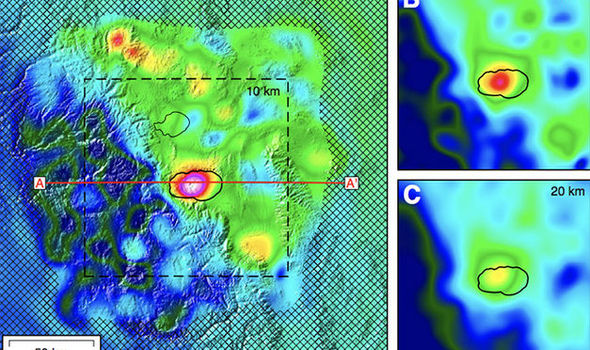
While the Long Valley Caldera is unlikely to blow anytime soon, the new scientific paper states: “We can conclude the mid-crustal reservoir is still melt-rich. We estimate the reservoir currently contains enough melt to support another super eruption comparable in size to the caldera-forming eruption at 767 ka.”
The Long Valley Caldera is one of the Earth’s largest calderas, measuring about 20 miles long, 11 miles wide and up to 3,000 feet (910 m) deep. After four strong earthquakes shook the Long Valley area in 1980, USGS scientists also detected evidence of renewed volcanic unrest in the region. They subsequently found that the central part of caldera was slowly rising.
A fact sheet issued by the USGS states: “Because such ground deformation and earthquakes are common precursors of volcanic eruptions, the USGS has continued to closely monitor the unrest in this region. It is natural to wonder when and where the next volcanic eruption might occur in the Long Valley area. Geologic processes generally proceed at a slow pace, and when viewed on the scale of a human lifetime, volcanic eruptions and destructive earthquakes happen rarely. Nevertheless, the long history of volcanic activity in the Long Valley area indicates that future eruptions will occur […]
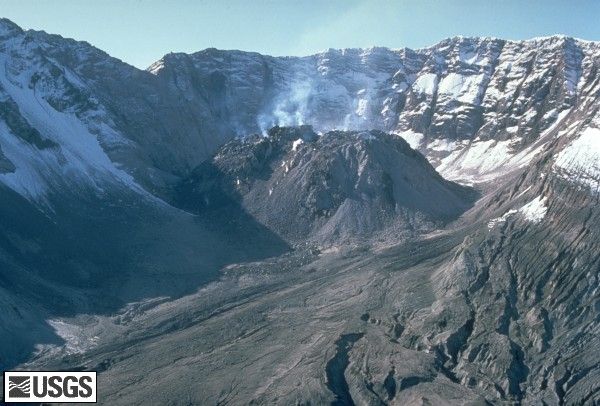
When an eruption does break out in the Long Valley area, its impact will depend on the location, size, and type of eruption, as well as the wind direction. Also, an eruption during the winter months could melt heavy snow packs, generating mudflows and locally destructive flooding.”
The Long Valley Caldera
Geologists have found that after its creation in the massive eruption 760,000 years ago, clusters of smaller volcanic eruptions have occurred in the caldera at roughly 200,000-year intervals. About 100,000 years ago, the most recent of these eruptions formed the Mammoth Knolls, low hills just north of the Town of Mammoth Lakes.
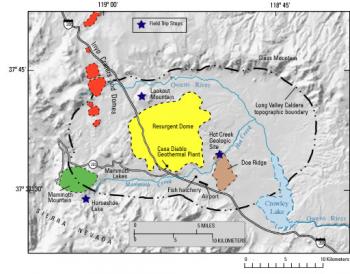
Mammoth Mountain, a young volcano on the rim of Long Valley Caldera, was created by a series of eruptions which occurred between 220,000 and 50,000 years ago.
Volcanoes in the Mono-Inyo Craters volcanic chain, which extends from just south of Mammoth Mountain to the north shore of Mono Lake in Mono County, California, have erupted frequently over the course of the last 40,000 years.
During the last 5,000 years, an eruption has occurred somewhere along this chain every 250 to 700 years. The nearby Inyo Craters and associated lava domes were the result of a series of small to moderate eruptions 550 to 600 years ago, while the most recent eruptions along the volcanic chain took place about 250 years ago at Paoha Island in Mono Lake.
A major eruption in the next 100 years is extremely unlikely, but a there is a greater than 50 percent chance of major eruption in the next few hundred thousand years. Of course, scientists added to their new report: THERE IS NO NEED TO START PANICKING RIGHT NOW. But get ready for the next Big One!
[Geology]


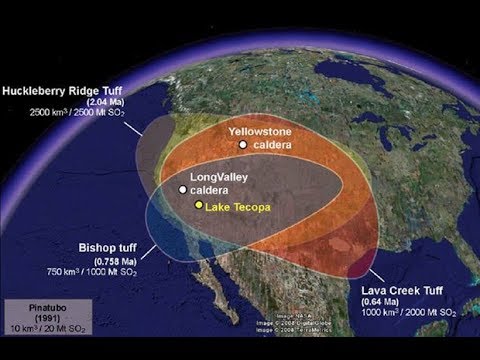
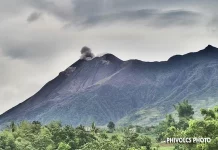
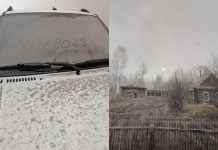









[…] Learn More: strangesounds.org/2018/08/long-valley-caldera-supervolcano-california-magma-rising-video.html […]
Hm
Forearmed your an idiot. You must believe there is no such thing as human induced global warming. Wake up smell the CO2
Bishop, just an FYI, volcanoes are real. Global warming is a 15000 year process that recycles cold to melt to cold. Proven science. Now all us humans have done is sped up natural occurrences, things that would have happened anyway. What should be focused on is the loss of our eco systems, like rain forests and coral reefs. Focusing on a magma chamber that has been there for 700000 years does nothing for global warming, unless it explodes, then were all dead and it doesn’t matter
Oooo you USGS Geologist are so proud of yourselves. You’re doing such a great job at building hysteria, when all you are doing is substantiating your position by saying anything that it makes it look like you are actually doing something more than just going hiking in the out-back with your “Thumpers”.
If you can narrow it down to maybe a couple of months we might be more believing of your hype, but now it comes off as no more than YOU TRYING TO JUSTIFY YOUR JOBS !!
Divide all the times it’s blew into 6000 years of biblical history and then you may not discount information about these volcanoes as just hype to justify fun jobs hiking in beautiful areas
[…] https://strangesounds.org/2018/08/long-valley-caldera-supervolcano-california-magma-rising-video.html […]
[…] post The amount of magma in the Long Valley Caldera, a Californian Super-volcano, is so large it could re… appeared first on STRANGE SOUNDS – AMAZING, WEIRD AND ODD […]
[…] post The amount of magma in the Long Valley Caldera, a Californian Super-volcano, is so large it could re… appeared first on STRANGE SOUNDS – AMAZING, WEIRD AND ODD […]